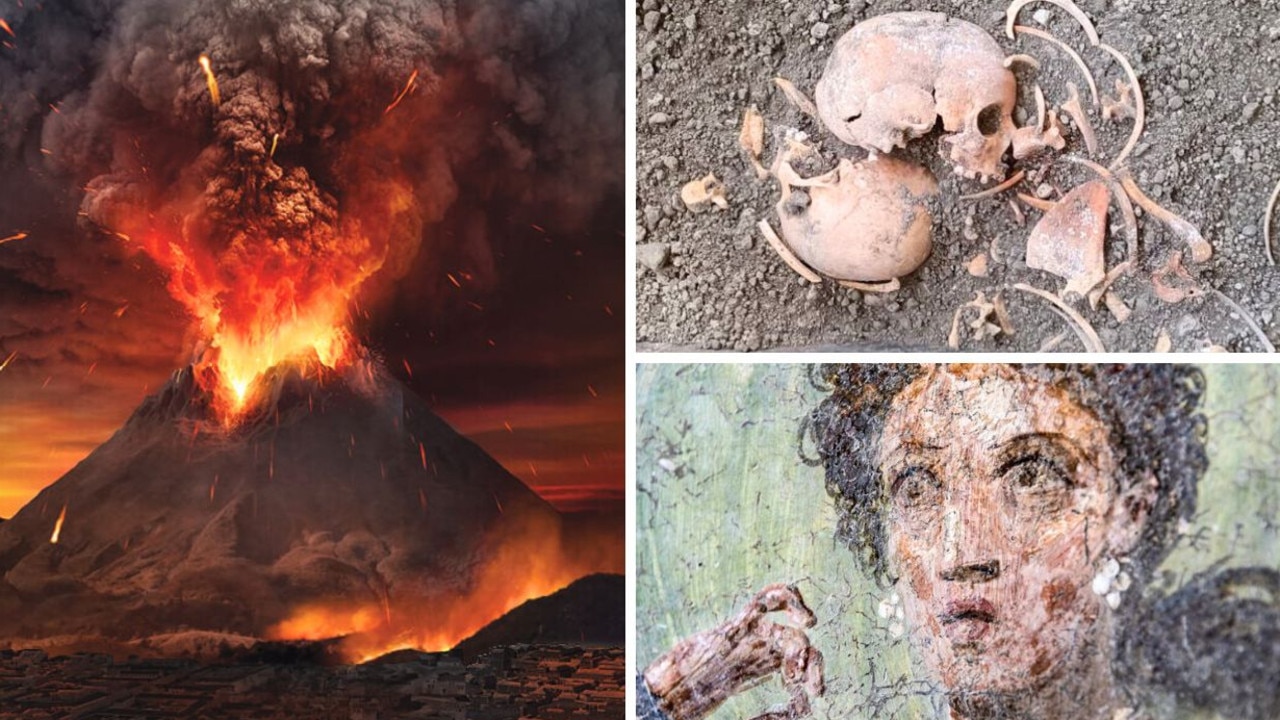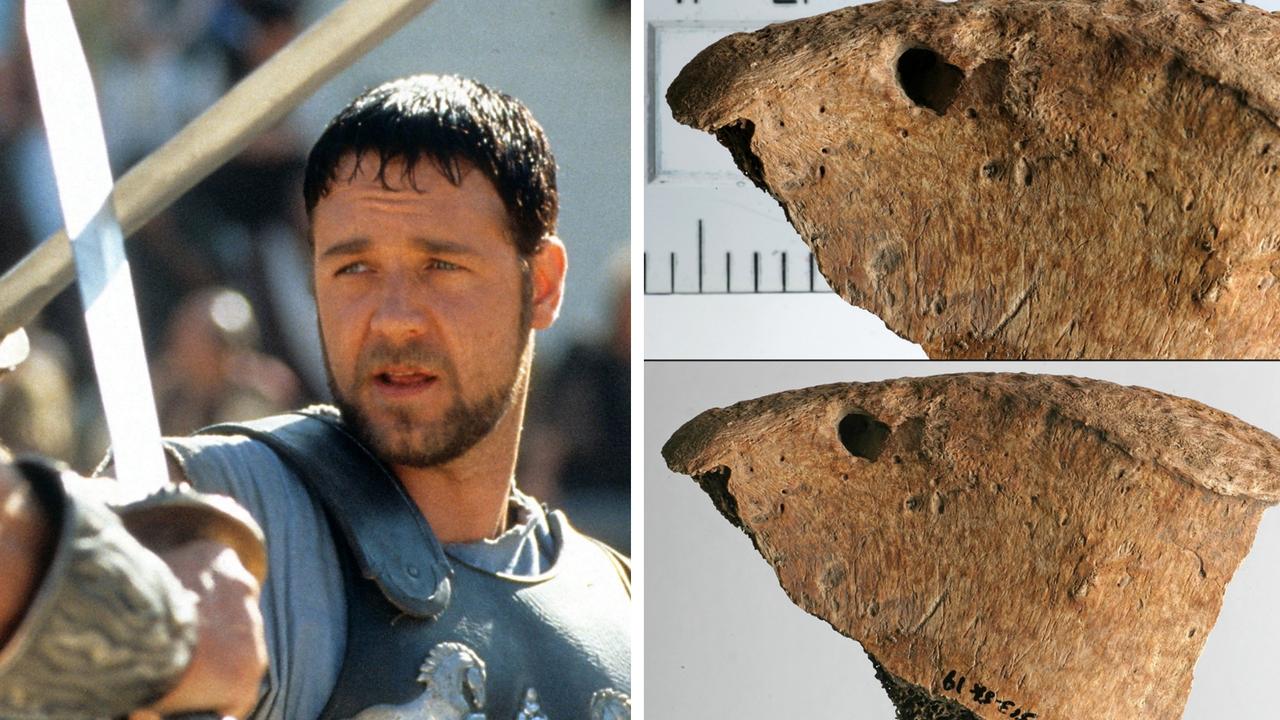Aussie researchers reveal the face of Egyptian king Tutankhamun
Australian researchers have revealed the face of ancient Egyptian pharaoh Tutankhamun for the first time, resulting in stunning images of the young king.

The face of Egyptian king Tutankhamun has been revealed for the first time since his death, with scientists producing stunning images of the young pharaoh.
It is believed Tutankhamun — made infamous by the curse that supposedly plagues his tomb — ruled over Egypt during the Eighteenth Dynasty from the age of nine until his death at age 19.
For decades, scientists have tried to create realistic depictions of the young king’s face to no avail.
Now, 3300 years after his death, teams from Australia, Italy and Brazil have successfully done just that, using new technologies to recreate the face of King Tut.
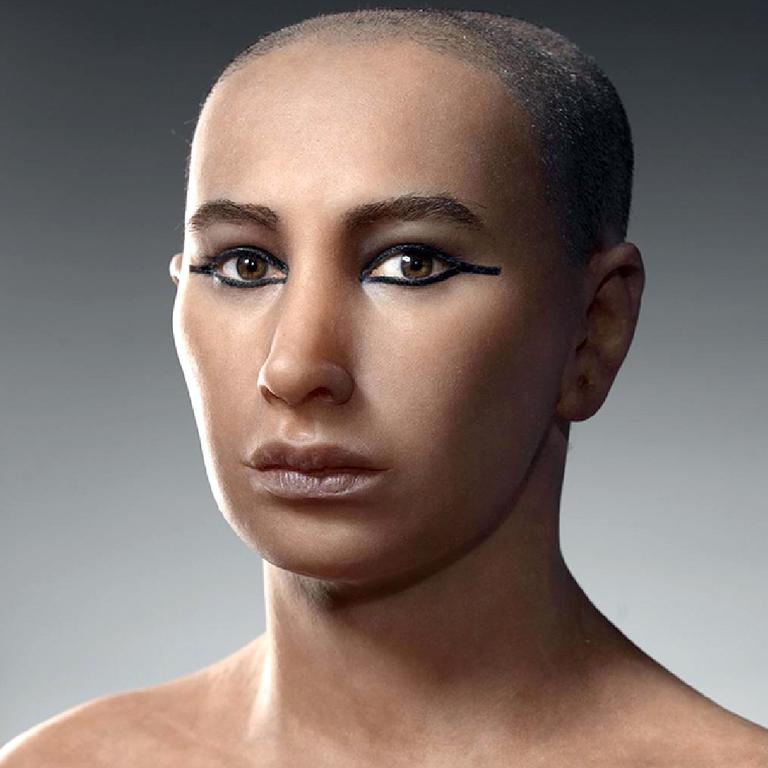
The findings were presented in a new study soon to be published in the Italian Journal of Anatomy and Embryology.
The researchers used digital models and prerecorded measurements of the King’s mummified skull to generate his face, and the results are nothing short of stunning.
“He looks like a young man with a delicate face,” said Brazilian graphic designer and co-author Cicero Moraes.
“Looking at him, we see more of a young student than a politician full of responsibilities, which makes the historical figure even more interesting.”
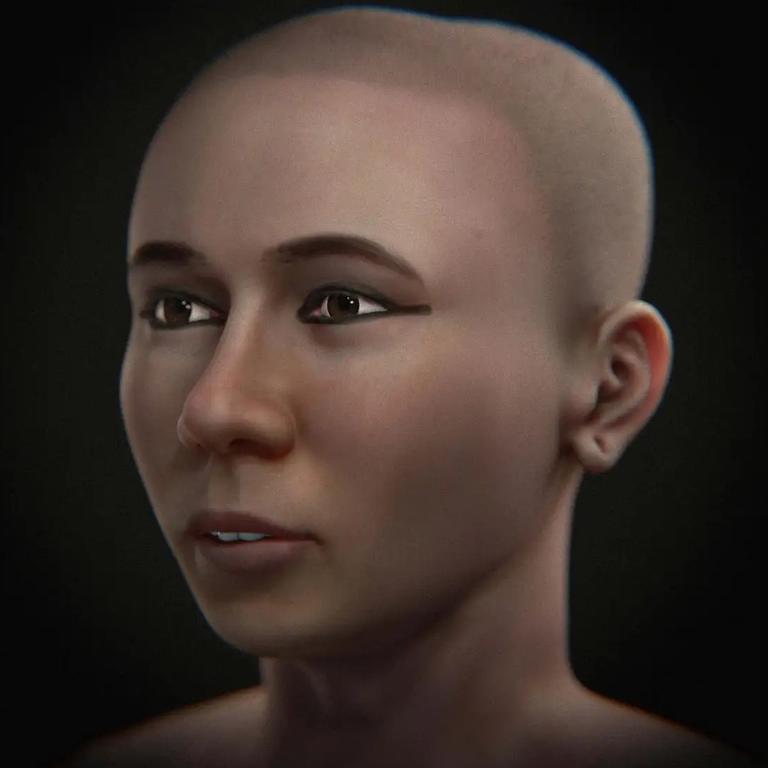
Mr Moraes, who is an expert in digital facial reconstruction, noted that the modelling was challenging as the team didn’t have direct access to the deceased king’s skull.
“It was detective work, where traces of information were concatenated in order to provide us with a three-dimensional model of the skull,” he explained.
“With the proportion data and some important cephalometric measurements, it was possible to take the digital skull of a virtual donor and adjust it so that it became the skull of Tutankhamen.”
Using their method, the team was able to reveal the size of Tut’s lips, the position of his eyeballs, the height of his ears, and even the front side of his nose.
“All of these projections are based on statistical studies that were performed on CT scans of living individuals from several different ancestries,” Mr Moraes said.

The graphic designer said the team was “confident” there was good compatibility with Tutankhamun’s real face in its general structure.
“Our reconstruction … corresponds with the ancient depictions of Tutankhamun, especially with the head on the lotus flower from his tomb treasure,” said Michael Habicht, an Egyptologist and archaeologist at Flinders University in Australia and co-author of the study.
King Tut’s burial tomb was discovered in 1922 by a team led by British archaeologist Howard Carter, kicking off the discipline now known as Egyptology.
Most Ancient Egyptian tombs were plundered by early looters, but Tutankhamun’s was the first to be found almost entirely undisturbed. It provided a wealth of ancient relics including gold-covered chariots, alabaster vessels and inlaid furniture.
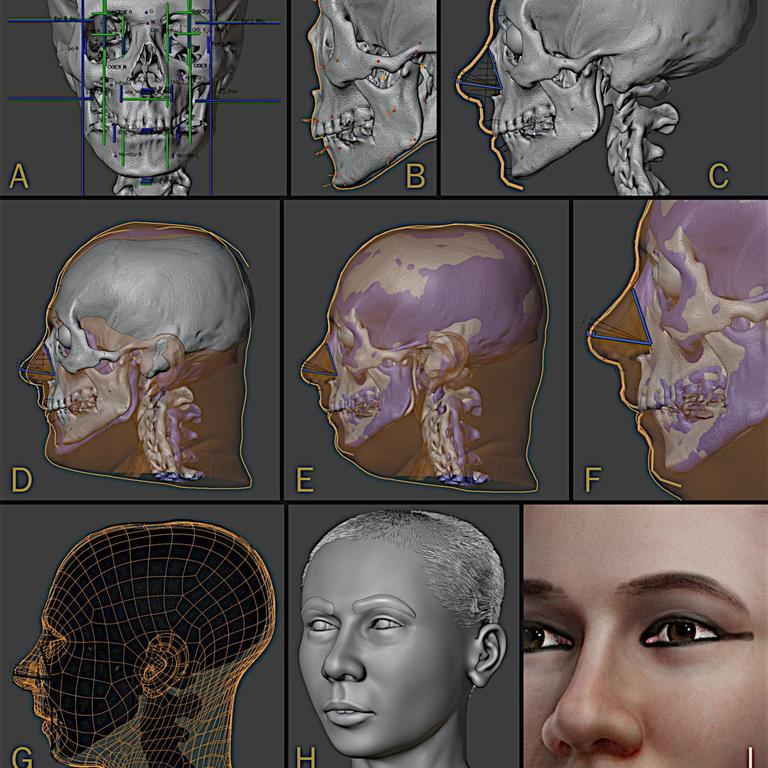
Several members of Carter’s team — as well as other high-profile individuals — died within years of visiting the tomb, leading to a long-running theory that it is cursed.
Alleged victims of the curse included Prince Ali Kamel Fahmy Bey of Egypt, shot dead by his wife in 1923; Sir Archibald Douglas Reid, who supposedly X-rayed the mummy and died mysteriously in 1924; Sir Lee Stack, the governor-general of Sudan, who was assassinated in Cairo in 1924; Arthur Mace of Carter’s excavation team, said to have died of arsenic poisoning in 1928; Carter’s secretary Richard Bethell, who supposedly died smothered in his bed in 1929; and his father, who committed suicide in 1930.
Most people who visited or worked in the tomb lived long lives and Carter himself angrily dismissed the curse as “tummy rot”.
When he died alone of Hodgkin’s disease in his London apartment in 1939, aged 64, the story of the mummy’s curse plagued his obituaries and has persisted to this day.




